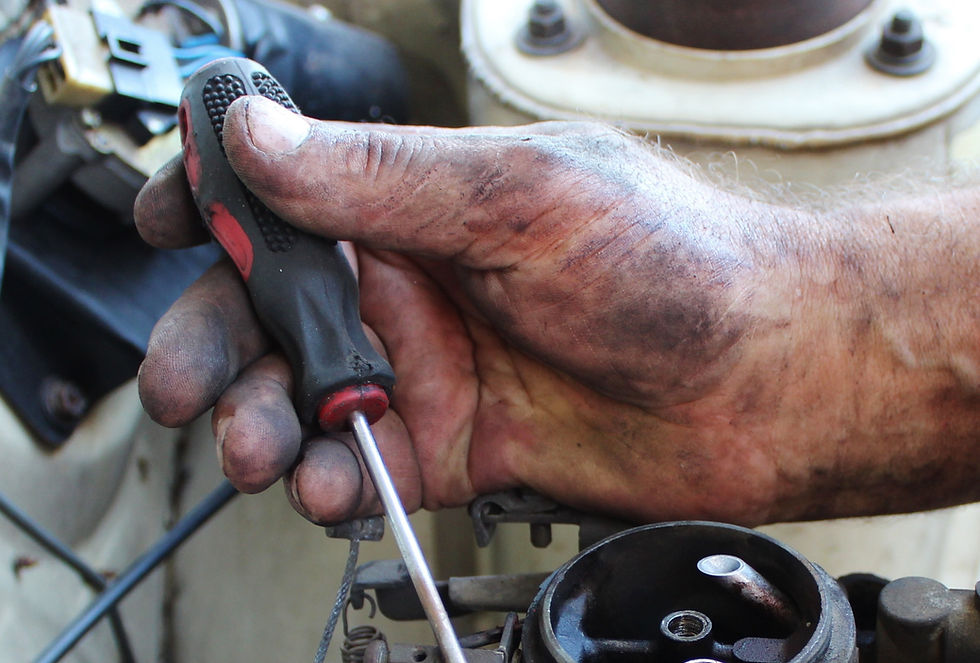There is no shame in saying "I don't know."
- Daniel Marquez

- Sep 26, 2017
- 3 min read

You know what happens when you assume... Showing humility by acknowledging you do not know all the answers up front but you are willing to find out, is much better than pretending you know everything and risk failure.
I was assigned to witness a Factory Acceptance Test (FAT) for a customized electro-hydraulically controlled system on behalf of the Equipment Owner (Customer). What differentiated this particular system from the standard operating philosophy is that instead of relying on automatic sequencing to control the locking mechanism of the operating shaft, the customer requested the locking mechanism to be manually controlled via an independent function. The reasoning and risk assessment to justify this modification is beyond the scope of this post; suffice to say, the operating methodology was non-standard, and would be implemented on more than one asset for this Customer.
The FAT had been delayed a few times because the Original Equipment Manufacturer (OEM) was running behind. The delays were not only related to manufacturing, as the engineering design package and documentation for the system were also work in progress. Despite these flags, the OEM indicated they were ready to test the system after the technicians had finished routing all the control hoses required, and the Customer agreed to proceed.
Since there was no functional specification available to describe the operating methodology of the modified locking system, we relied on the test procedure to dictate the operating steps required. The procedure indicated that the locking mechanism must be inhibited prior to operating the shaft, and the positions of the function on the control panels were clearly labeled as "Inhibit" and "Lock". When asked to explain how the hydraulic circuit was setup, the OEM Technician in charge stated he believed the function was driven by a single valve that when opened would apply pressure to lock, and when closed would vent the line and inhibit the locking mechanism. "Let's try it and see"... Try he did... and the wrong side he bet on...
When operating the shaft after "inhibiting" the locks, a screeching grinding noise could be heard coming from the assembly. When opened for inspection, it was evident the locking assembly had been shredded, causing damage to the shaft. "But we inhibited the locks via the control system, so they should have been disengaged!". What went wrong?
Upon reviewing the design modification with the engineers, we discovered that instead of applying pressure to lock, the locking mechanism required pressure to unlock (i.e. inhibit) the grippers, allowing the shaft to move. To lock, pressure had to be vented in order to return the grippers to their original position. So, it appeared that the operating methodology for the modification had not been communicated to the technicians in charge of the test. Therefore, they made an assumption based on how the rest of the system worked and routed the hoses accordingly. Instead of inhibiting the locks during the test, pressure was vented locking the grippers in place as the shaft attempted to move. The result: replacement of all operating shafts and locking assemblies at OEM expense, never mind further delays in delivery.
When pressure is on to "get things done because we are running out of time" is not the time to take shortcuts. Follow proper procedures and do not be afraid to stop and seek guidance when needed. Investing time to ensure success will always return better results than gambling with failure.





Comments